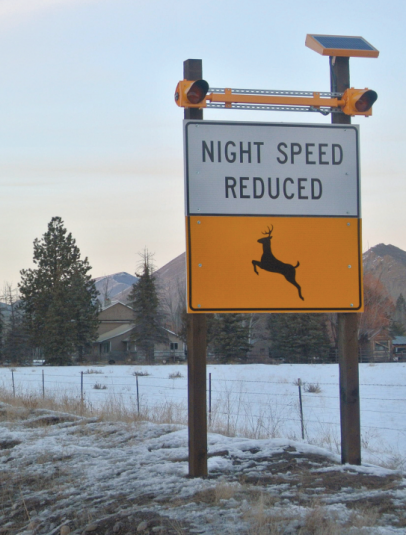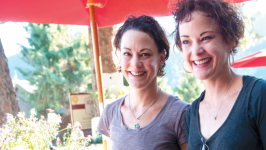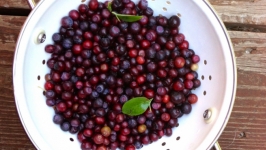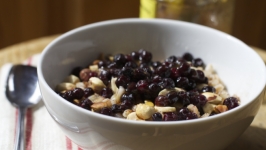Road Kill: To Dine or Discard?
Late one night Paul Yelda and I received a call from a friend in the Blaine County Sheriff’s Department letting us know that an elk had just been hit by a car on Highway 75 north of Hailey. The caller said that it was a clean swipe and suggested that if we wanted to take advantage of Idaho’s new salvage law, now was the time. Having recently been introduced to wild game, I was eager for more elk steak. We rushed to the scene of the accident and found a dented car, a young elk lying dead in the road, and a host of policemen ready to help us load the animal into the truck. After field dressing the animal, notifying Fish and Game, obtaining a salvage permit, aging the meat, butchering, and grilling, we were feasting on the most tender elk I have ever tasted. The meat was moist and full of deep flavors—and not the least bit gamey. Most hunters refrain from hunting calves on ethical grounds, so as we partook in this delicacy, we couldn’t help but notice that this may be our only opportunity to ever taste what we self-consciously referred to as “baby elk.”
Despite the repulsion many feel when asked to partake in a road kill meal, the popularity of salvaging road kill is rising. In 2012, after the Wildlife Collisions Salvage Rule went into effect in Idaho, over 5,000 road-killed animals were reportedly salvaged. Local Fish and Game Conservation Officer Lee Garwood feels that the number of road kill he encounters has diminished significantly, despite an increase in collisions. Most accidents already have someone waiting to collect the meat. This doesn’t surprise him, as he sees Idahoans as “a utilitarian, pragmatic bunch.” He suspects that the combination of a struggling economy and the local food movement has contributed to turning what was once seen as inedible into a highly sought-after treat.
Idaho isn’t the first state to pass such a law. Several have enacted road kill salvaging legislation, including Colorado, Massachusetts, West Virginia, Georgia, Illinois, and most recently Montana. The increasing popularity of road kill salvaging speaks to the interesting ways in which the American palate is evolving toward diversity and sustainability. Chefs and adventurous eaters in America are flirting with the idea of eating parts of the animal previously unthinkable, including brains, organs, ears.
Road kill is the next logical step in a food movement based on novelty and pragmatism. An average elk provides around 200 pounds of lean, hormone-free, organic, free-range and guilt-free meat. One local vegetarian, Noah Koski, explained that he doesn’t see any ethical problem with eating salvaged meat. Not only would it not violate his value system, but it is also a great way to make use of something that might otherwise go to waste.
Mike Popper, a butcher with Piper’s Custom Meat in Richfield, Idaho, says that two to three times a year someone will bring in road kill to be butchered. When asked what he thinks about eating road kill, he replied, “It’s all in the handling. Meat is meat, as long as you clean it up nice, and get it the size of a frying pan.” Plus, there’s no downside to road kill as far as he’s concerned. Since it costs nothing to procure (the salvage permit is free), even if 50 percent of the meat is damaged, it’s still a good deal.
Eating salvaged road kill does, however, come with risks. Fish and Game, unlike the USDA, which requires an animal for consumption be inspected antemortem as well as postmortem, makes no assurance that these animals are fit for human consumption. That decision is left to the discretion of the consumer. Mark Drew, wildlife veterinarian for the Idaho Department of Fish and Game, says that his concerns are about temperature and where the animal was hit. The colder the weather and the less time between death and consumption, the better. Rupturing of the gut or intestines is of major concern, as gastrointestinal fluid can carry diseases transmittable to humans. Bruising of the meat, contrary to common misconception, is not dangerous, just unsightly and metallic in taste. (We fed the bruised steaks to the dogs.) Drew, in short, hopes that people will think about the risks and look for problems with a carcass before they decide whether to dine or discard.
After throwing a “baby elk” dinner party, and converting most of our friends into road kill aficionados, we received another call about an elk that had been hit in a collision. We rushed to the scene, but this time somebody beat us there. All that was left were tire marks.









